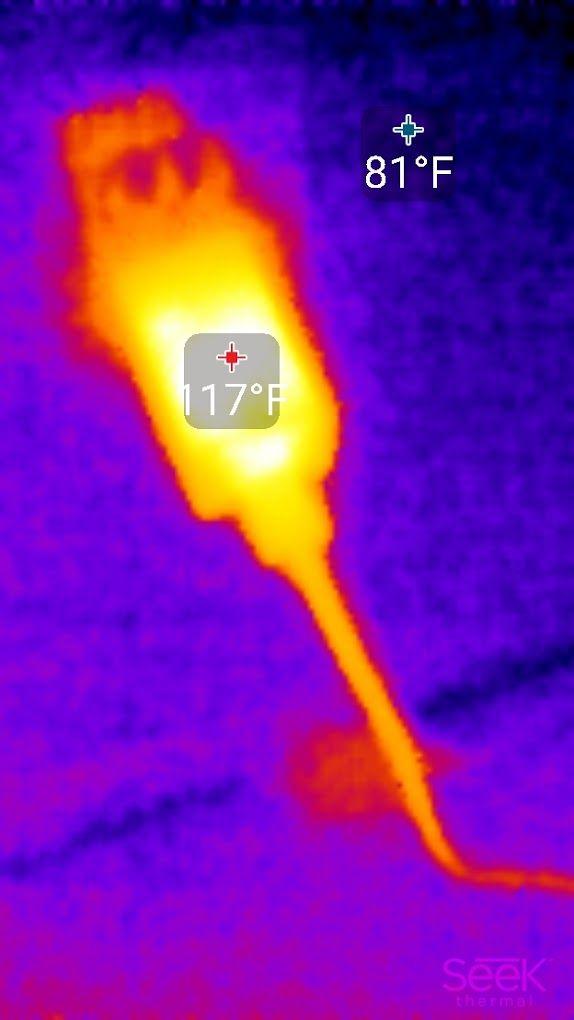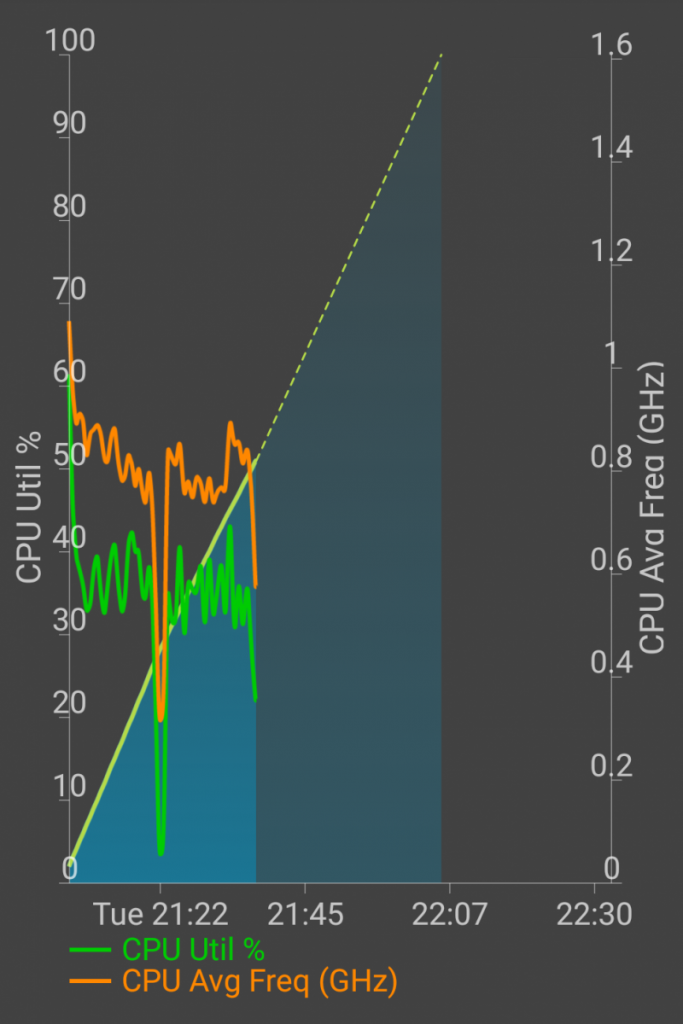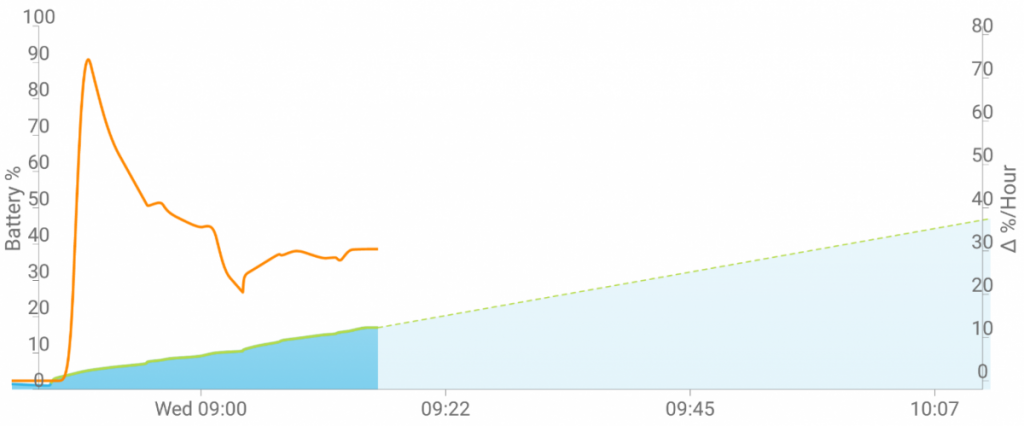Faster charging has becoming a common specification for OEMs to gloat over, pushing forward their own standards and implementations to top you up in no time. Nowadays, when a phone doesn’t charge fast, it sticks out like a sore thumb.
The OnePlus 2 was one of such cases, with a horrifically slow (relatively speaking) charging in time in comparison to the Quick Charge 2.0 we saw in other devices of 2015. What was most frustrating is that the OnePlus 2 had the chipset necessary to implement that faster charging standard, but for one reason or another, OnePlus 2 owners were left with a pretty-but-useless USB Type C port that arguably did more harm than good.
Then came the OnePlus 3 seeking to correct this misfortune, bringing the USB Type C port again - now at a time when it’s common place - yet sporting a different technology, a modified version of Oppo’s VOOC Fast Charging. On Tuesday, we explained precisely how this works, and also why you are (luckily) likely to see it in custom ROMs sometime after July. In this article, we’ll spare you the technical details in order to talk about something we feel has been under-addressed in the blogosphere: the actual user experience, and just why Dash Charging is so useful. You likely heard a thing or two in its official presentation and early reviews, but few touch upon its most important function: unrestrained charging speeds.
 We carried out some benchmarks and real-world usage tests, backed up by some tools to standardize and graph the charging rate. The results we found were very impressive, especially when running the test against a Nexus 6P for reference. While many simply tout the ability of Dash Charging to achieve over 63% battery in 30 minutes (which we corroborated), the other two unique functions are ultimately what this charging standard has over most competitors. First is the fact that heat is concentrated on the charger, and not the phone itself. This is, of course, mostly an issue if you intend to use the phone while charging -- otherwise, the only benefit is hardware longevity. The really useful aspect of Dash Charging kicks in when you do decide to use your device, or even keep it running background tasks or services, features like hotspotting, all being use-scenarios that affect charging on other devices. Before jumping in, it must be noted that the charger itself does get quite warm: we found that the charger itself can reach upwards of 48°C | 118.4°F while charging. Be careful!
We carried out some benchmarks and real-world usage tests, backed up by some tools to standardize and graph the charging rate. The results we found were very impressive, especially when running the test against a Nexus 6P for reference. While many simply tout the ability of Dash Charging to achieve over 63% battery in 30 minutes (which we corroborated), the other two unique functions are ultimately what this charging standard has over most competitors. First is the fact that heat is concentrated on the charger, and not the phone itself. This is, of course, mostly an issue if you intend to use the phone while charging -- otherwise, the only benefit is hardware longevity. The really useful aspect of Dash Charging kicks in when you do decide to use your device, or even keep it running background tasks or services, features like hotspotting, all being use-scenarios that affect charging on other devices. Before jumping in, it must be noted that the charger itself does get quite warm: we found that the charger itself can reach upwards of 48°C | 118.4°F while charging. Be careful!
 The feature we are most delighted by, however, is the ability to charge at full or near-full speed regardless of phone usage. Indeed, at some point in your life you likely found yourself needing or wanting to use your phone before setting out or heading back home, only to find it at low battery and in need of an emergency charge. Other phones typically limit the charging rate while the phone is being used, but Dash Charging can top you up at roughly the same rate, not accounting for the battery you use up while using the phone. We ran various tests to measure to which extent Dash Charging accomplished this under-discussed feature, and the results are more than satisfying. First we wanted to test how using the phone while charging stacked up to the 63% in 30 minutes figure touted by OnePlus. To the left you will find the device going from 1% to about 51% in 30 minutes, at maximum brightness, while repeatedly cycling through apps including the Google Play Store, GMail, Chrome, and Hangouts (using DiscoMark) with every app launching cold. This alone is a very interesting result, but the fast charging also makes it to the end.
The feature we are most delighted by, however, is the ability to charge at full or near-full speed regardless of phone usage. Indeed, at some point in your life you likely found yourself needing or wanting to use your phone before setting out or heading back home, only to find it at low battery and in need of an emergency charge. Other phones typically limit the charging rate while the phone is being used, but Dash Charging can top you up at roughly the same rate, not accounting for the battery you use up while using the phone. We ran various tests to measure to which extent Dash Charging accomplished this under-discussed feature, and the results are more than satisfying. First we wanted to test how using the phone while charging stacked up to the 63% in 30 minutes figure touted by OnePlus. To the left you will find the device going from 1% to about 51% in 30 minutes, at maximum brightness, while repeatedly cycling through apps including the Google Play Store, GMail, Chrome, and Hangouts (using DiscoMark) with every app launching cold. This alone is a very interesting result, but the fast charging also makes it to the end.
In the sample below, you can see the same sample as the one above but carrying on, past the 30 minute mark. Moreover, after that point we continued to use the device for a combination of YouTube and Hangouts messaging (or rather, test liveblogging) until the phone was topped up. The final time for this test (when the phone hit 100%) was exactly 1 hour and 20 minutes, with the only nuisance being that the last few percentage points took longer, as shown in the graphs below.
As you can see, the CPU remained rather active throughout the live tasks after the 30 minute mark. Below you can also see the rate of change, and it's clear that phone begins toning down its charging speed once it crosses 80%, as is expected of pretty much every other phone.
While that's already a pretty good demonstration of the capabilities of Dash Charging, we also ran two more tests, one heavier and one lighter. In the heavy one, we played Asphalt 8 at maximum brightness for 20 minutes, taking the battery from 14% to 51% (37% change). In the light-weight test, we casually web-browsed for 30 minutes at minimum brightness, taking the battery from 1% to 60%. That's extremely close the idle charging rate touted by OnePlus, but keep in mind that this was low-intensity and at minimum brightness, and as seen in the rate of change graphs above, charging begins slowing down close before that point.
From these samples, we estimate that the fastest charging rate is found when the battery is roughly between 8% and 50%, with 80% being the point where charging speed starts dropping significantly. We also ran the app cycling test at maximum brightness on the Nexus 6P, with very pitiful results (1% to 17%). It's also worth noting that the Nexus 6P reached 37° C | 98.6° F, higher than the temperature it accumulates after 10 consecutive GeekBench benchmarks.
I hope this illustrated just why Dash Charging is different and useful. Being able to charge the device at near full speed while using the phone is something that I personally appreciate, given I work on the move and use my phone for both work and college, often as my personal hotspot while commuting or moving around campus. It's a liberating feeling that not everyone will incorporate to their use-case to the same degree, but I believe everyone can appreciate it nonetheless. That being said, this does not necessarily outweigh the consequences of the Dash Charging standard for everyone: if you intend to rapidly charge your OnePlus 3 at all, you need the proprietary technology in your charger -- meaning you are stuck with OnePlus (and perhaps Oppo's) charger and cable (it's very thick for a reason).
It's frustrating having so many charging standards at the same time that we are transitioning from microUSB to USB Type C, but at the very least we get to see them become more useful in their own special snowflake way. Having Dash Charging is bitter sweet in this regard: being limited to the OEM's charger nullifies your past investments into quick charging battery banks or charging accessories (which I have plenty of). At the same time, Dash Charging is one of the most convenient charging technologies out there for those needing to top quick or charge with their usage uninterrupted. Weighing those pros and cons is up to you, but we hope you came out of this article with a cleaner perspective to achieve that decision.
We are still working towards our full review where we will incorporate our findings on RAM, performance, charging, the upcoming fixes and more! Stay tuned to XDA for more in-depth coverage!





